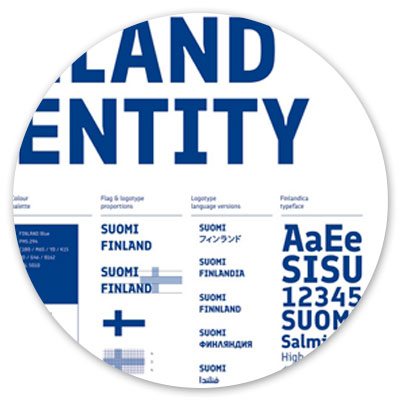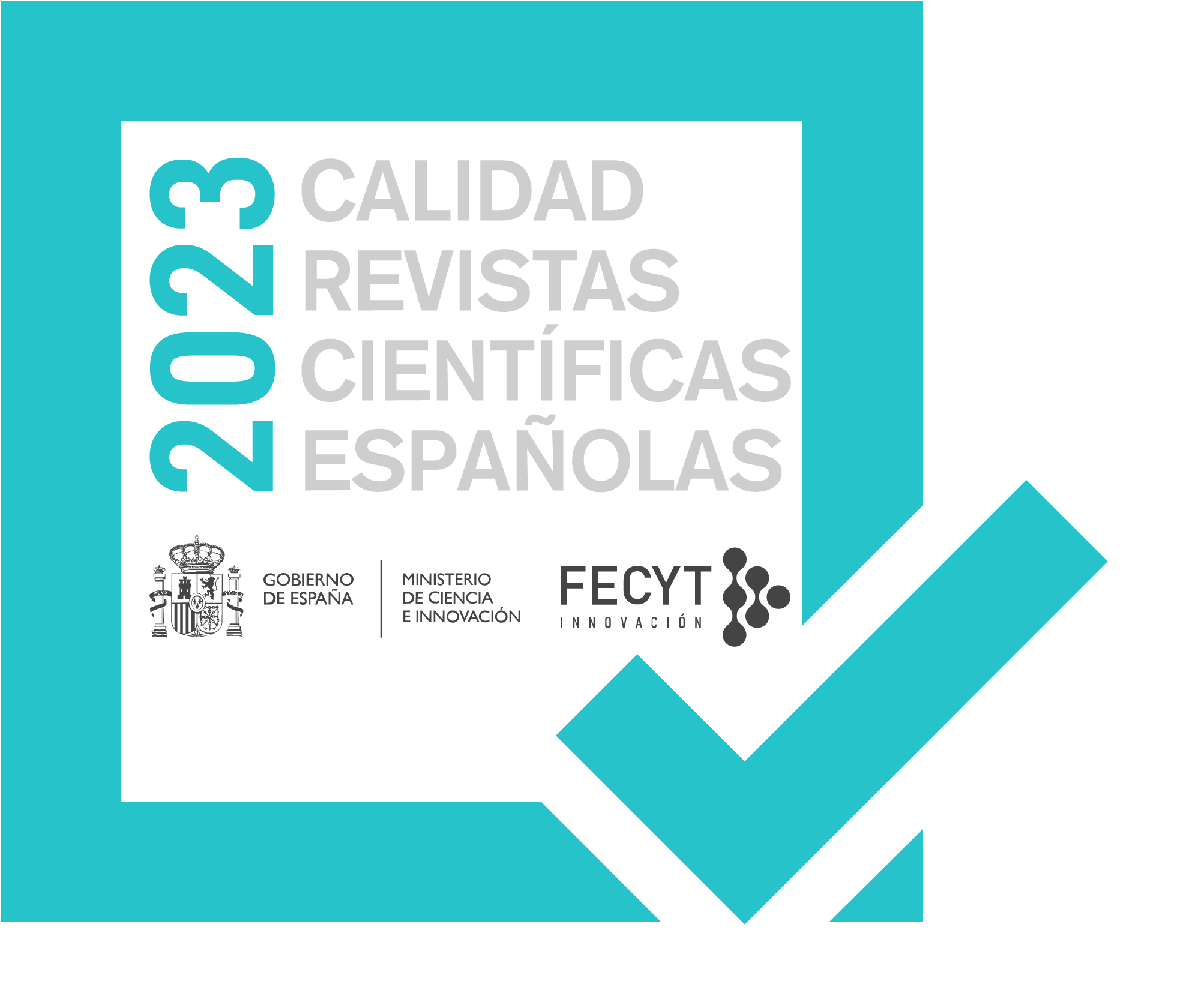Typography as a generator of identity in the brand image of European countries in the 21st century
DOI:
https://doi.org/10.24310/Idiseno.2021.v16i.12802Keywords:
Corporate Identity, typography, branding-nation, identityAbstract
Corporate identity has undergone major changes in recent decades. These changes have altered, among other issues, the established order of the elements that in a complex way define an identity. Since the beginning of the 21st century, the preference for the symbol or imagotype, which had always remained as the central axis of identity, has been replaced by the creation of variable and scalable graphic systems. Other identifying elements have come into play in these systems which, although they already existed, have been placed in a more prominent position. The traditional basic elements such as –name, logo, imagotype– have lost the power of recognition in a global society with a gradual increase in the number of mediums, technologies and contexts in which a brand is embodied. One of those elements that has gained great prominence is typography. In this context, the trend of creating personalized typeface families has emerged, taking into account the needs of each of the brands, occupying a prominent place among these identifying elements. This article aims to analyze through case studies how custom typography has been adopted in the last ten years in the redesign of brands in countries in northern Europe, within the strategies of reaffirmation of one's own identity and connection with territorial elements with the aim of a greater projection from the difference. Countries have found it necessary to create unique brands to differentiate themselves from their neighbors in the areas of tourism, population recruitment, resources and investments. In this strategy, brand creators have pointed towards custom typography as a differentiating tool.
Downloads
Metrics
Publication Facts
Reviewer profiles N/A
Author statements
Indexed in
-
—
- Academic society
- N/A
- Publisher
- Universidad de Málaga
References
Ahrens, T., & Mugikura, S. (2014) Size-especific adjustments to type design. An inves¬tigation of the principales guiding the design of optical sizes. Just another foundry.
Brändle, C., Gimmi, K., Junod, B., Richter, B., & Museum für Gestaltung Zürich. (2014). 100 Years of Swiss Graphic Design. Prestel Pub.
Middendorp, J. (2018). Dutch Type (reprint). Druk Editions.
Cerezo, J. M. Diseñadores en la nebulosa. El diseño gráfico en la era digital. Editorial Campgràfic.
Chaves, N. (2002). La Imagen Corporativa: Teoría y Metodología de La Identificación Institucional. Editorial Gustavo Gili.
Chaves, N. (2021). Marca Gráfica corporativa, institucional y de lugar. Ed. Experi¬menta Libros
De Rauly, A. D., Wlassikoff, M., de Rauly, A. D., & Renner, P. (2011). Futura. Une gloire typographique. Ed. Norma.
Dopico, M. (2020). Tipografía, territorio e identidad. La identidad pública a través de la tipografía personalizada. Recuperado en julio 2021, de Asociación Galega de Deseño. https://dag.gal/es/tipografia-territorio-identidad/
Dopico, M. (2020). Tipografi?a, territorio e identidad. Construccio?n de la identidad pu?blica de gobiernos, instituciones y territorios a trave?s de la tipografi?a personalizada. III Simposio FHD. To be or not to be. El papel del disen?o en la construccio?n de identi¬dades. Barcelona: Fundación Historia del Diseño
Ejlers, S.(1997). Architects in danish graphic design. Scandinavian Journal of Design History, Vol. 7.
García-Garrido. S. (2021). Diseño de la identidad visual de las instituciones. Experi¬menta Libros.
García-Garrido. S. (2021a). Diseño de comunicación corporativa. Experimenta Libros.
Halén, W., & Wickman, K. (2004). Diseño escandinavo: Más allá del mito. 50 años de diseño escandinavo en los países nórdicos. Fundación Barrié de la Maza
Hollis, R. (2006). Swiss Graphic Design: The Origins and Growth of an International Style, 1920–1965. Yale Univ Pr.
Huber, J., & Wenzel, M. (2011). Bundessans and Bundesserif. Truly democratic type¬faces. Recuperado en marzo 2021, de I love typpography. https://ilovetypography. com/2014/07/12/bundessans-and-bundesserif-truly-democratic-typefaces/
Hustwit, G. (Director). (2007). Helvetica Film. [Película; vídeo online]. Swiss Dots Veer.
Juárez, L., Blasco, F., & Blázquez, J. (2015). La marca país como factor clave del turis¬mo. Revisión de las escalas de medición. TURYDES: Revista sobre Turismo y Desarrollo local sostenible, 8(19).
Lommen, M., & Verheul, P. (2008). Letterrijk Rijksoverheid. De Buitenkant [distr.].
Meyer Andersen, K. (2001) The Crowning touch. National identity in a changing world. Visual identity for danish state institutions by Kontrapunkt Copenhagen. DDD Gallery.
Molenkamp, M., Versteegh, M., & Bavelaar, H. (2010). The Style of the State. The visual identity of the Dutch government. Ministry of General Affairs. Idea books.
Olins, W. (2006). Brand. Wally Olins on Brands: Las Marcas Segun Wally Olins / Wally Olins on Brands (Tra ed.). Turner.
Satué, E. (2000). Signos del siglo. MNCARS Museo Nacional Centro de Arte Reina Sofía. DDI, Sociedad Estatal para el Desarrollo del Diseño y la Innovación.
Söderhavet (2014a). The face of a nation. Recuperado en marzo de 2021. https:// soderhavet.com/work/sweden/
Söderhavet (2014b). Sweden Sans, the «Lagom» typeface. Recuperado en marzo de 2021. https://soderhavet.com/news/sweden-sans-the-lagom-typeface/

Downloads
Published
How to Cite
Issue
Section
License
Aquellos autores/as que tengan publicaciones con esta revista, aceptan los términos siguientes:- Los autores/as conservarán sus derechos de autor y garantizarán a la revista el derecho de primera publicación de su obra, el cuál estará simultáneamente sujeto a la Licencia de reconocimiento de Creative Commons que permite a terceros compartir la obra siempre que se indique su autor y su primera publicación esta revista.
- Los autores/as podrán adoptar otros acuerdos de licencia no exclusiva de distribución de la versión de la obra publicada (p. ej.: depositarla en un archivo telemático institucional o publicarla en un volumen monográfico) siempre que se indique la publicación inicial en esta revista.
- Se permite y recomienda a los autores/as difundir su obra a través de Internet (p. ej.: en archivos telemáticos institucionales o en su página web) antes y durante el proceso de envío, lo cual puede producir intercambios interesantes y aumentar las citas de la obra publicada. (Véase El efecto del acceso abierto).







14.png)



